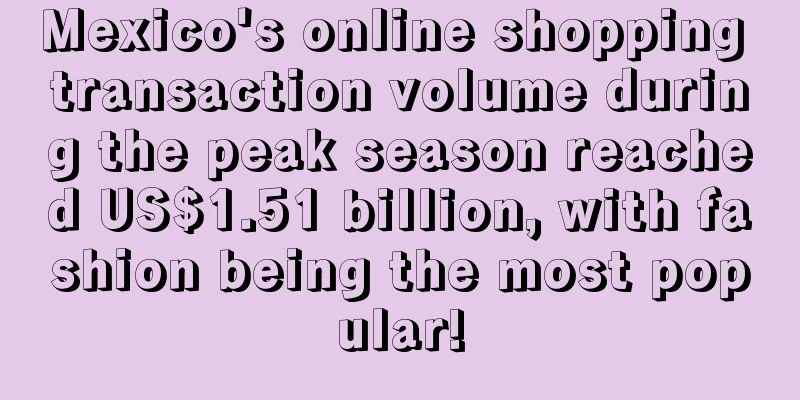Is the U.S. second-hand clothing market entering a buying season?

|
Secondhand clothing companies are working to acquire smaller rivals and attract investment as demand for secondhand products surges amid supply chain disruptions at traditional retailers ahead of the holiday shopping rush .
It is understood that the global supply chain crisis is helping the second-hand clothing industry to usher in rapid development. Supply chain disruptions have reportedly made it difficult for retailers to put new goods on the shelves , and analysis firm Adobe Analytics said that clothing had the highest out-of-stock level in the US retail industry before the holidays, and even retailers with strong financial resources found it difficult to fill the gaps.
Analysts say that for second-hand clothing brands , they face problems such as thin profits and unstable inventory , so pursuing sales growth is crucial to improving the profits of these brands.
“Companies like ThredUp and Poshmark have to grow , and one thing they’re likely to do in the coming years is acquire other players, including those outside of the country, ” said Neil Saunders , managing director of research firm GlobalData .
According to GlobalData, the secondhand clothing industry is expected to grow 11 times faster than the overall apparel industry by 2025, and industry experts also predict that sales in the secondhand clothing market in the United States could reach $7.6 billion in the next four years .
Poshmark, a peer-to-peer secondhand sales platform that takes a 20% commission on every transaction , made its first acquisition in early October , snapping up a sneaker authentication brand.
Etsy also bought British second-hand fashion app Depop for $1.6 billion, and Julie Wainwright, chief executive of luxury goods dealer The RealReal Inc, said more acquisitions “are going to start .”
In addition to the consideration of expanding sales, the reason for the acquisition of second-hand platforms is to compete with well-known brands. Since well-known brands such as Urban Outfitters and Levi Straus have launched their own second-hand platforms and recycling programs, second-hand platforms hope to expand their scale and compete with well-known brands by acquiring more peers.
Levi Strauss launched its own second-hand clothing website "Levi's Second-hand" last year, mainly selling certified second-hand denim clothing to its own customer base . Second-hand clothing brand retail |
<<: Newegg launches Black November promotion!
Recommend
What is ForceSight? ForceSight Review, Features
<span data-docs-delta="[[20,{"gallery"...
What is ATC? ATC Review, Features
Shenzhen Aitaocheng Network Technology Co., Ltd. (...
Awesome! Top 30 Russian IT companies by market value, e-commerce companies rank at the top
In the list, Russian Internet giant Yandex topped...
With monthly sales of millions of dollars, a large number of sellers quickly received orders and rushed into SHEIN to do long-term business
Since the beginning of this year, cross-border e-...
Temu is going to charge sellers a "commission"? The platform's latest response is here!
Recently, Pinduoduo's cross-border e-commerce...
What is Zhonglian Technology? Zhonglian Technology Review, Features
Zhonglian Technology ( Zhonglian Technology Co., ...
Alibaba Dai Shan: Tmall Double 11 in 2022 will present more warmth, kindness and greenery
On October 24, the 2022 Tmall Double 11 press con...
Facing a threat from Amazon? Allegro acquires Czech e-commerce Mall to strengthen its position
Recently, Polish e-commerce company Allegro annou...
Amazon handmade sellers can now automate product listings!
Recently, Amazon announced that it will provide a...
What is gamesanimationcollectibles? gamesanimationcollectibles Review, Features
gamesanimationcollectibles is a website that focus...
What is JCPenney? JCPenney Review, Features
JCPenney was founded in 1902 and currently has 1,...
The scale of another e-commerce market is about to exceed one trillion!
As competition in the European and American marke...
What is Shengfei International Freight Forwarding? Shengfei International Freight Forwarding Review, Features
Shengfei International Freight Forwarding was est...
What is inmix? inmix Review, Features
inmix is committed to providing innovative and u...
Global seaborne imports increased by 5.5%, and waterway congestion is expected to continue until next year
In the first seven months of 2021 , global seabor...









